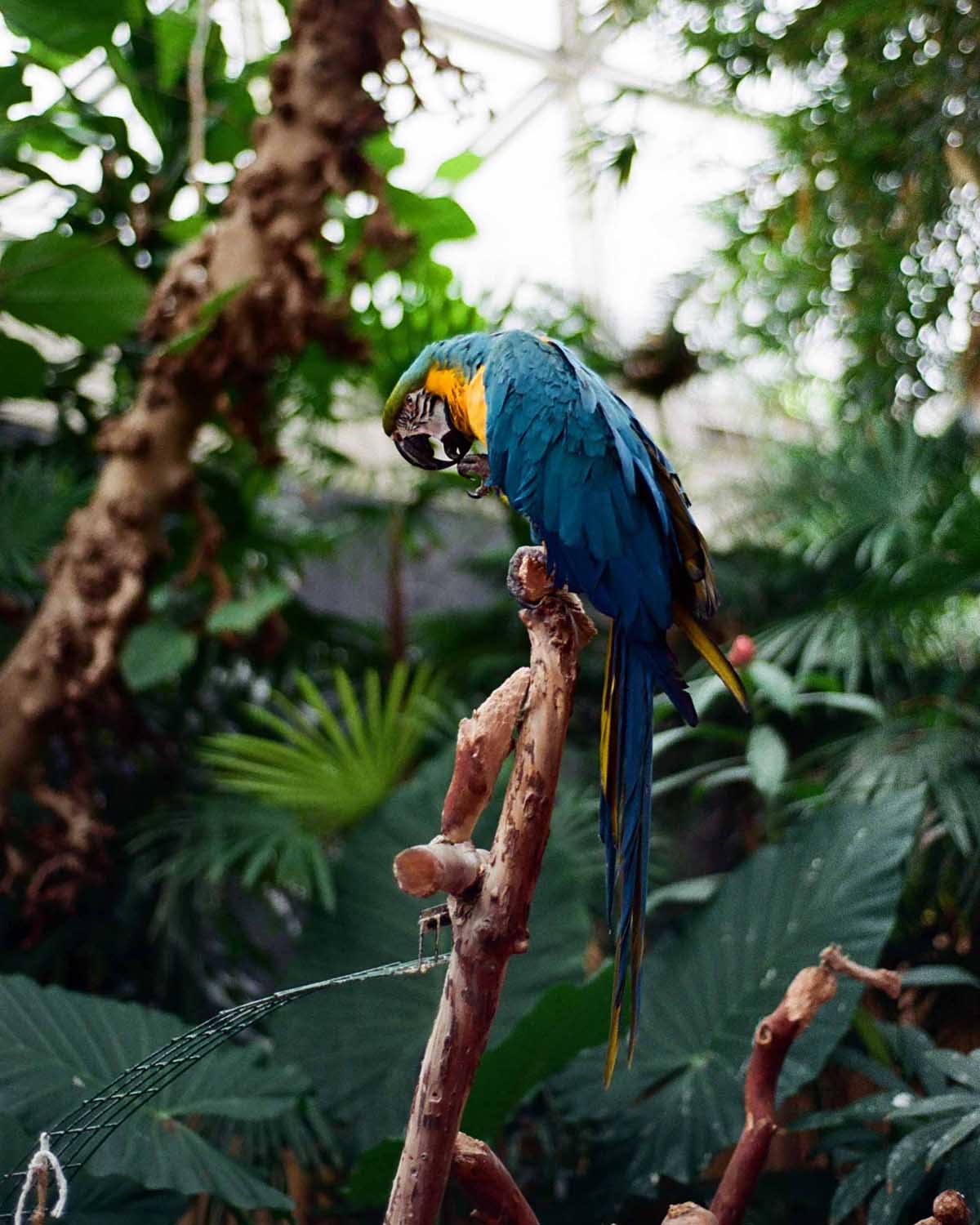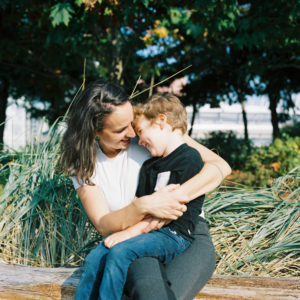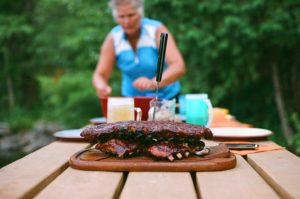As we head into a second quaran-spring, I’ve been thinking so much about appreciating my surroundings and about exploring an even smaller radius than we have been until everyone is vaccinated.
Mostly I’ve been thinking about how lucky I am to be living where I’m living. And with social distancing in full effect still, it’s the perfect time to focus on some beautiful landscapes!
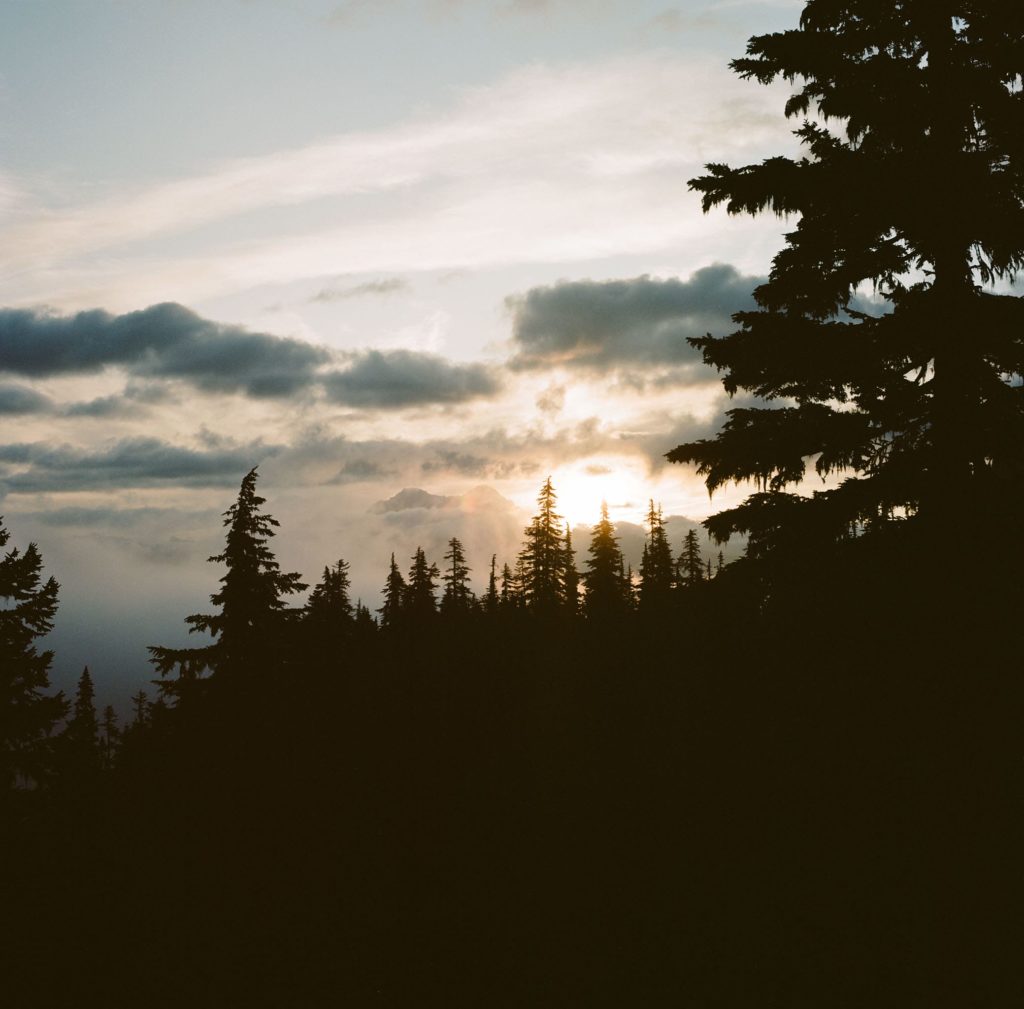
I’ve been in Chemainus, a small town of about 3,000 half an hour south of Nanaimo, and this place is a goldmine of beautiful places. I can walk to the ocean, to the big trees, to a waterfall, numerous creeks whose banks are already blooming with deep pink salmonberry flowers. It’s endless. The other weekend Kaleb and I went for a walk in a Garry oak and arbutus forest and I took some photos of my love in the trees. I’ll share then when I get the film back.
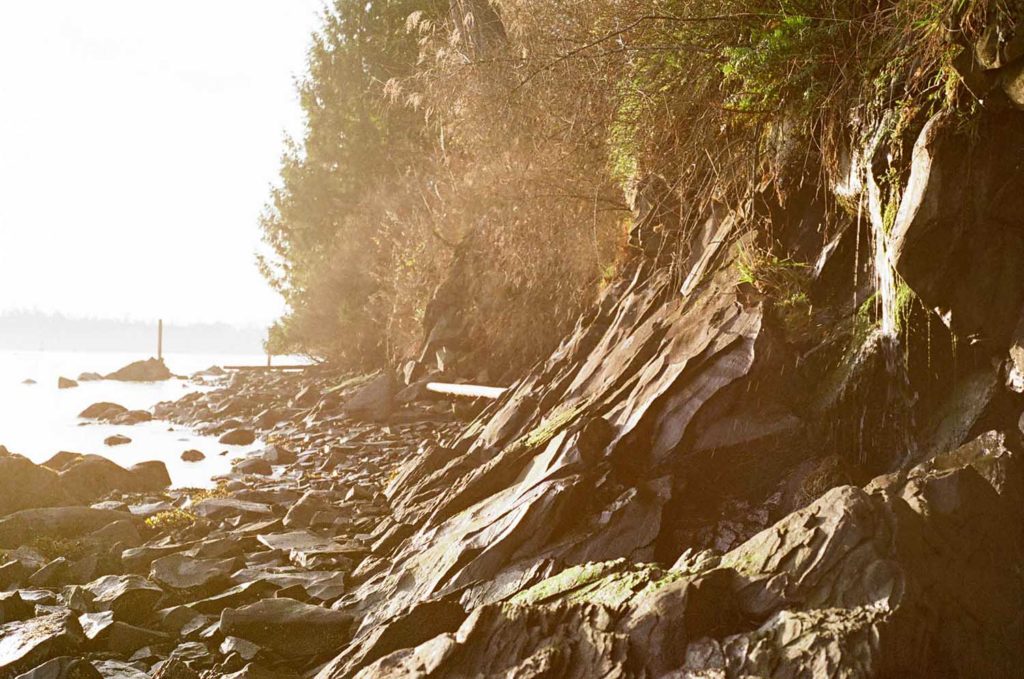
(Continue to) Travel at home
In light of continued lock-downs, it’s really important to check to make sure the nations whose territory you want to head to haven’t issued a stay-away order. For example, Nuu Chah Nulth nation, which includes Tofino, have been trying to control entry into its territory since the pandemic began.
Ahousaht First Nation, which includes some incredible marine trails on Flores Island, have prohibited non-Ahousaht vistors.
Do your research and be respectful.

Don’t Fret About Your Camera
As always, it bears repeating that the best camera is the one you have on you. I’ll add that it’s even better if the camera you have on you isn’t something you’ll be constantly terrified to damage. Things get dropped, water gets splashed, sand gets kicked. It happens.
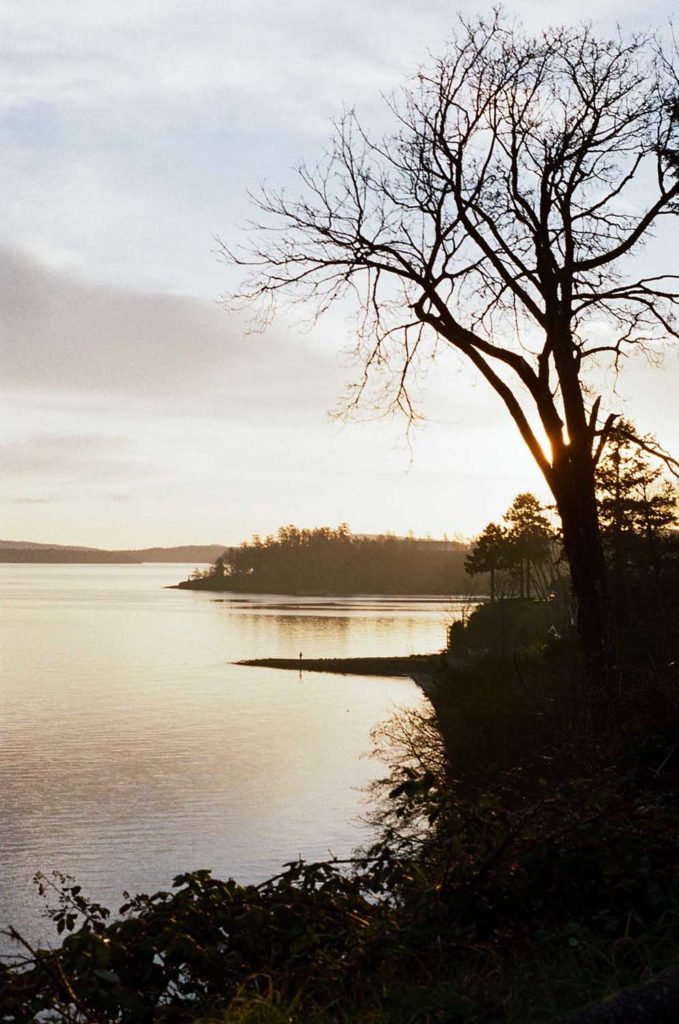
Get a cheap film camera with a couple of auto modes and a handful of rolls of Kodak Gold and go to town. It’ll cost you like $30 and you won’t cry if it only makes it through a couple of outings.
One of my most reliable cameras is a Nikon F70 I got for $29 on Craigslist as a stopgap while a fancier camera was in the shop. I’ve never stopped using it and it has never failed me.
Don’t be Precious About It
It’s about capturing a feeling, making a tangible little memory. Your composition doesn’t have to be perfect. While I’m a firm believer in the value of manual focus (my medium format cameras are all manual focus, and I use them to shoot quiet adults and crazy toddlers alike) autofocus can be a real life-saver, especially if you want to capture wildlife.
Point at the most important part of the scene, focus and shoot. Want to get artsy about it? Lower your aperture number (from, say, 5.6 to 4 or even 2.8) to blur the background and make your subject pop.
Aperture priority mode is excellent for this. You choose your aperture–the smaller the number the less of your scene will be in focus–and the camera will choose the appropriate shutter speed.
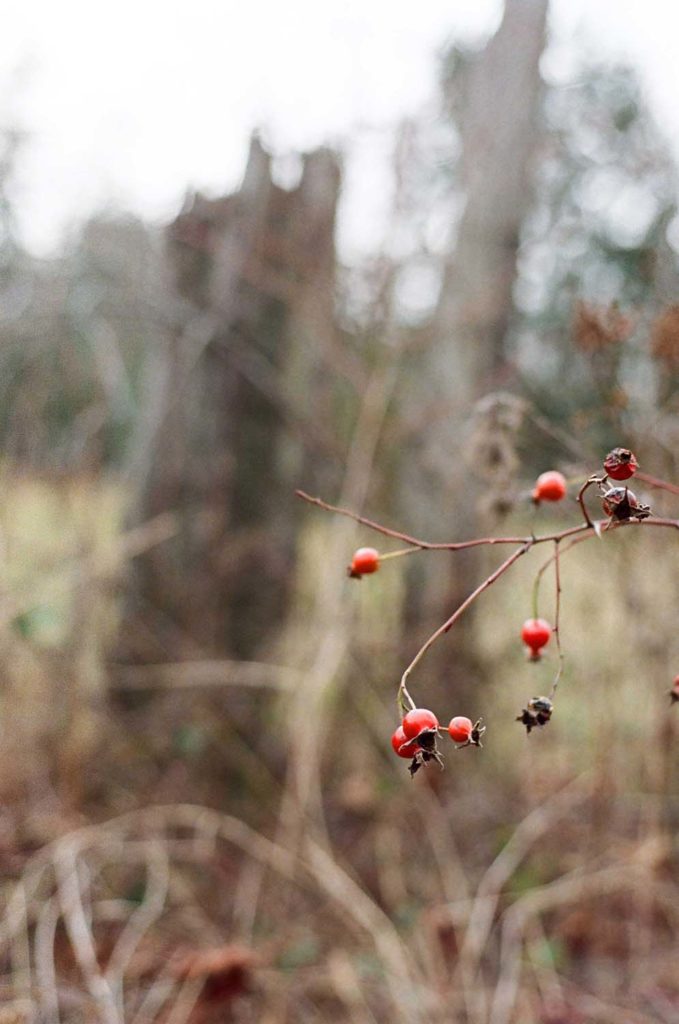
Focus on Exposure
If you’re going to think about any of technical aspects of picture-taking, make it exposure. You can always crop your composition, but it’s harder to fix a poorly exposed image. In the case of film that means always erring on the side of overexposure because film handles light so well. This is where a camera with auto exposure mode will serve you very well.
You can let the camera decide on settings while you think about not dropping the camera in the lake or the campfire. Some cameras always have a setting called exposure compensation, which lets you tell it to add exposure to every shot just to make sure you get enough light in.
The photo below is from a visit to Bloedel Conservatory (lots of space, limiting visitors by requiring pre-booked tickets, on top of it). The birds, the colours and the light filtering through the tropical trees made from some excellent picture-taking.
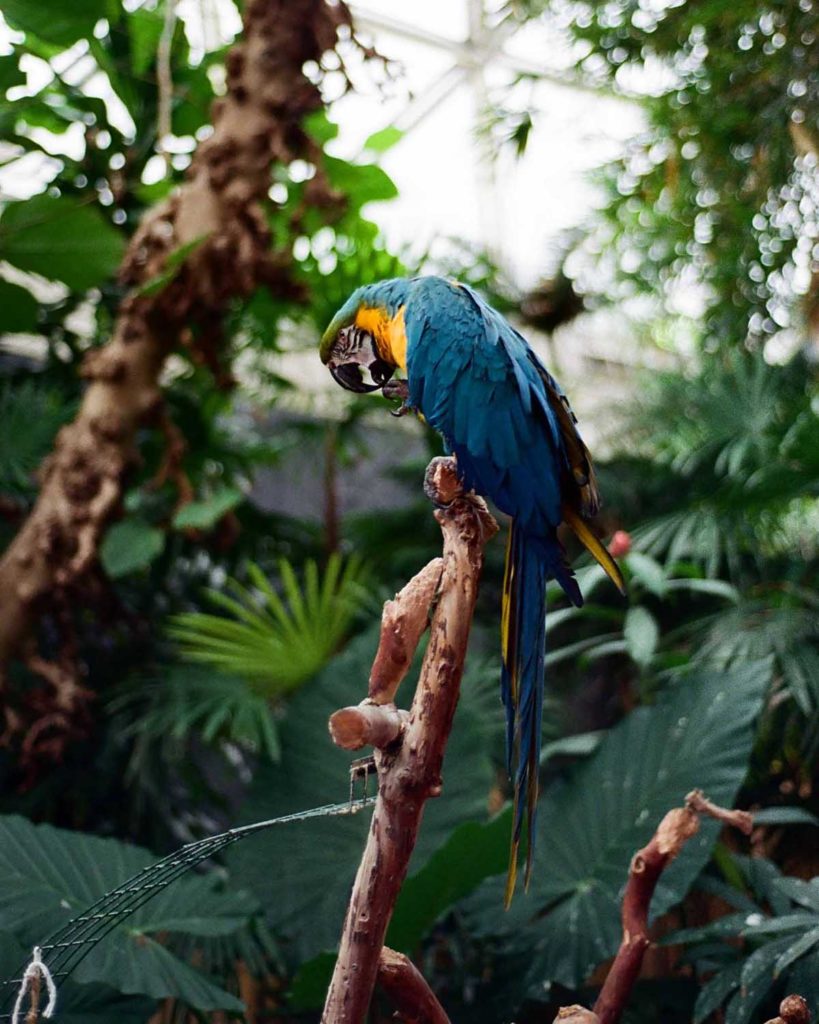
I can’t speak for you, but I know that I have so much to be grateful for, not least of which is gorgeous surroundings. And the best way I know to continue appreciating my surroundings is to take more photos.
(And I mean, if you really want professional photos of your outings, do feel free to bring me along and I’d be very pleased to do all the documenting. Seriously, call me.)
